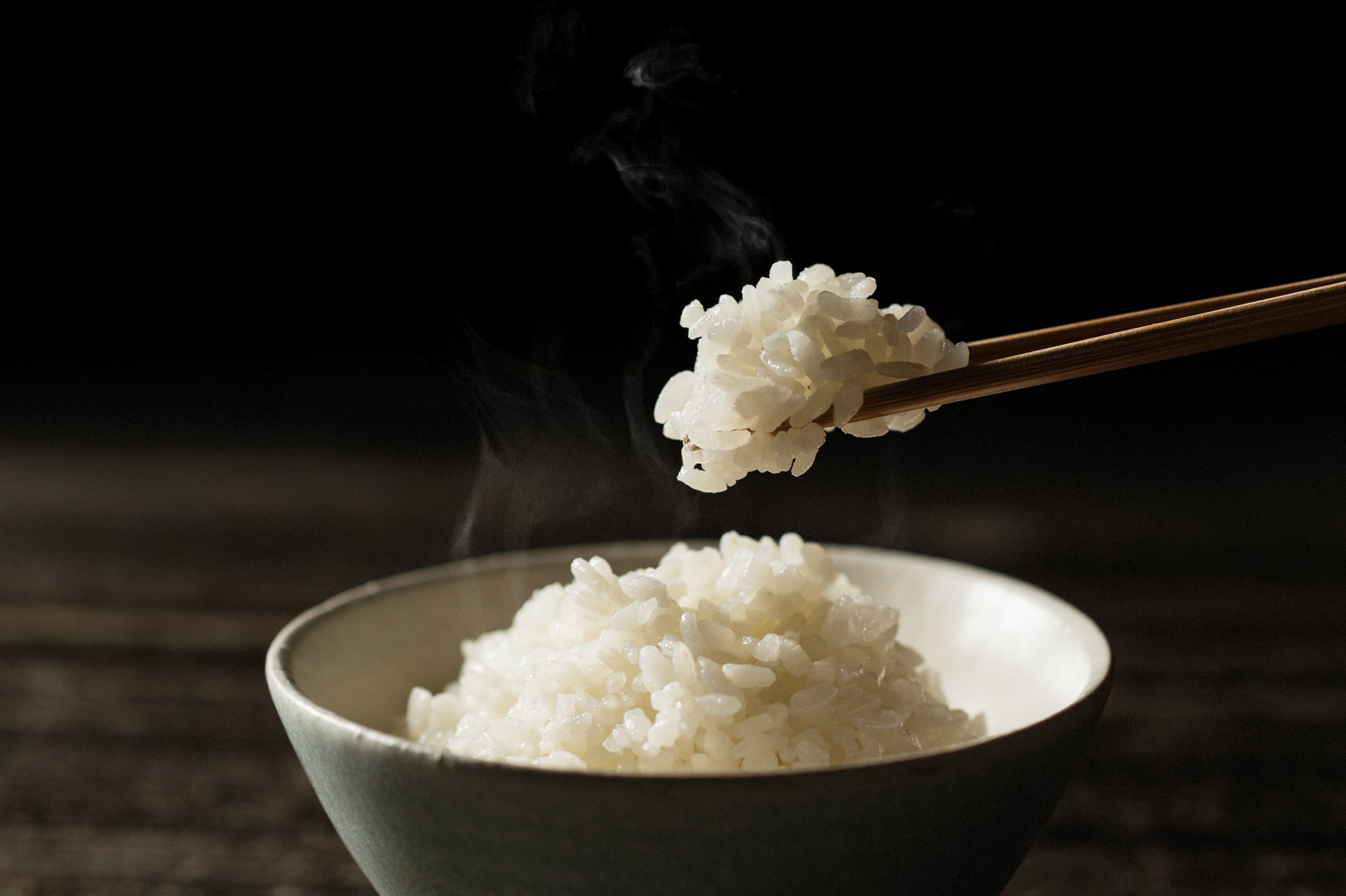Communicating importance of value-added products

Facing increasing pressure to quantify the value of export promotion efforts to investors, a U.S. industry organization retained WPI to develop a quantitative model that better communicated the importance of exports. The resulting model concluded that value-added meat exports contributed $0.45 cents per bushel to the price of corn, increasing support for that sector’s financial support of WPI’s client. In addition to serving the red meat industry with this type of analysis, WPI has generated similar deliverables for the U.S. soybean and poultry/egg industries.

 Grains and oilseeds nearly all traded lower to start the week with profit taking driving most of the action as the CBOT enters another holiday-shortened week. The only market to finish higher was soyoil, where a geopolitical tension driving bounce in crude oil helped support the vegoil. Improve...
Grains and oilseeds nearly all traded lower to start the week with profit taking driving most of the action as the CBOT enters another holiday-shortened week. The only market to finish higher was soyoil, where a geopolitical tension driving bounce in crude oil helped support the vegoil. Improve...
 WPI Grain Prices and Freight Rate App Note: you can also visit the app directly by clicking here. Supplemental Information The section below offers a concise view of the options available in the current version of the WPI FOB Price and Freight Rate app, along with a short “How To”...
WPI Grain Prices and Freight Rate App Note: you can also visit the app directly by clicking here. Supplemental Information The section below offers a concise view of the options available in the current version of the WPI FOB Price and Freight Rate app, along with a short “How To”...